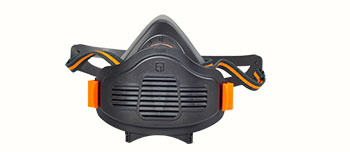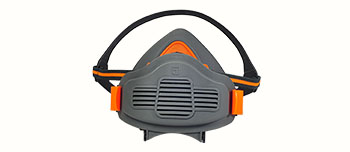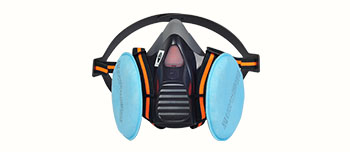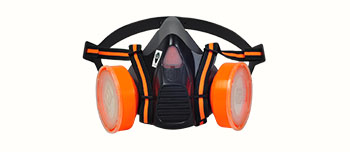The validity period of gas masks usually depends on their material, usage environment, and storage conditions, and the validity period of different components also varies. The following is a summary of common situations:
1. Overall validity period
Unopened inventory: generally 3-5 years (from production date), subject to manufacturer's instructions.
Opened for use: Regular inspection is required, especially for the condition of rubber, seals, and filter cartridges/cans.
2. Validity period of key components
Filter box/canister:
Unopened: usually 3-5 years (some may take up to 10 years, such as military grade).
Opened: Once exposed to air, it may expire within 6 months to 2 years even if not used (due to saturation of the adsorbent).
Attention: Filter canisters for specific toxic gases (such as organic vapors) may have a shorter expiration date.
Mask body (rubber/silicone):
Usually 5-10 years, but it is necessary to avoid direct sunlight and high temperatures, otherwise it will age and crack.
If hardening, deformation or cracking occurs after use, it should be replaced immediately.
Other components:
It is recommended to inspect and replace vulnerable parts such as gaskets and valves every 1-3 years.
3. Factors affecting the validity period
Storage conditions: It should be stored in a cool and dry place, avoiding extreme temperature, humidity, and chemical corrosion.
Usage frequency: Frequent use will accelerate aging.
Standard certification: Industrial (such as NIOSH certification) or military grade masks typically have a longer validity period.
How to determine failure?
Filter box: Smells odor, increases respiratory resistance, or exceeds the labeled expiration date.
Face mask: Damaged, lost elasticity, or poorly sealed.
Testing: Some brands offer testing kits (such as 3M's filter cartridge testing labels).
Suggest regular inspection: at least once every six months, especially for emergency backup masks.
Follow the instructions: There are significant differences between different brands and models, so it is important to refer to the manufacturer's guidelines.
Timely replacement: Failure of protective equipment may lead to serious health risks, do not use beyond the expiration date.
If specific product expiration dates are required, the brand or model can be provided for further verification.
 English
English





